Uncover the Facts: 5 Hidden Forces Shaping Our World
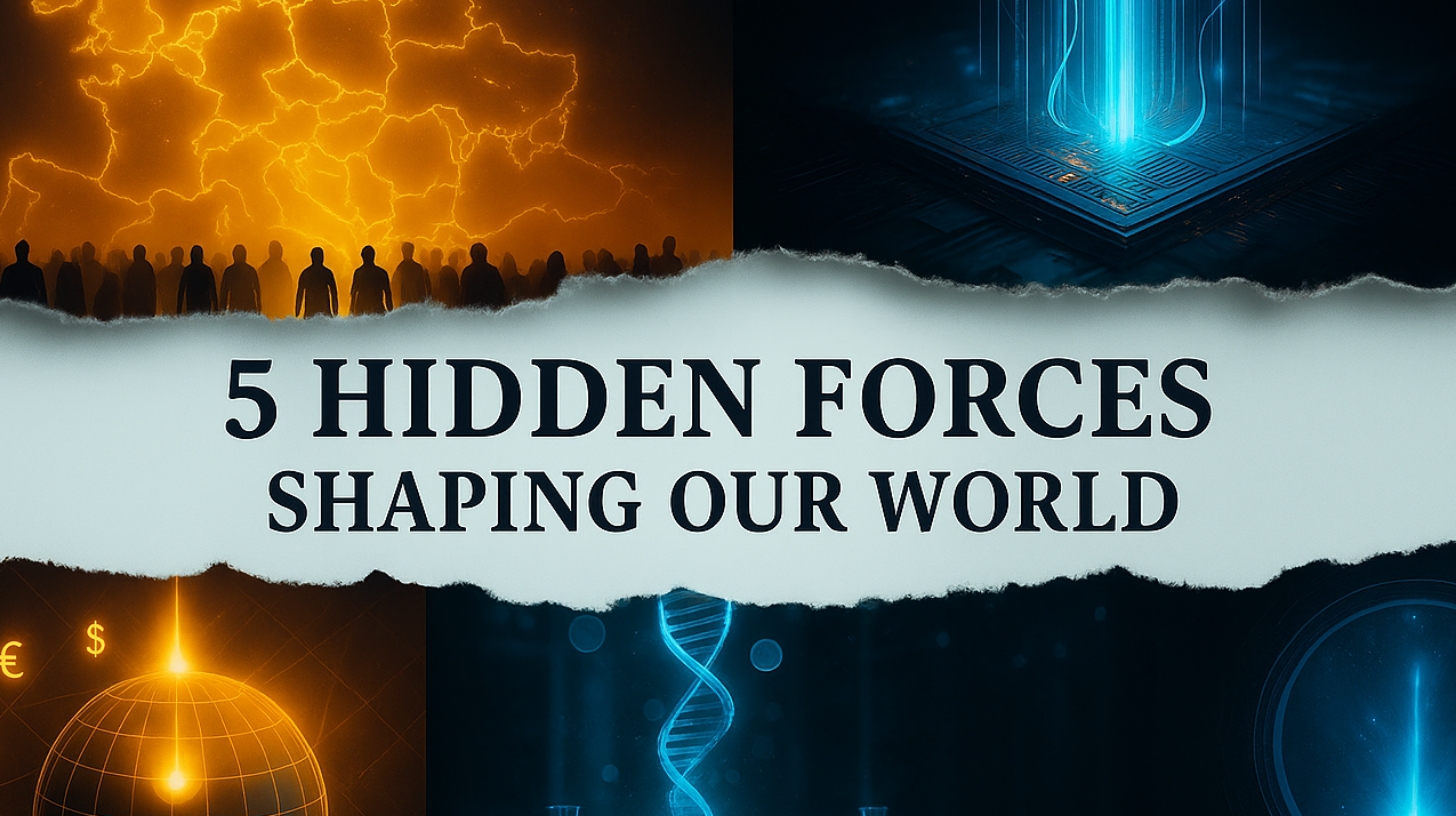
The Hidden and the Untold — 1 October 2025
1. Tokyo Electron: The Craftsman You’ll Never See (Technology)
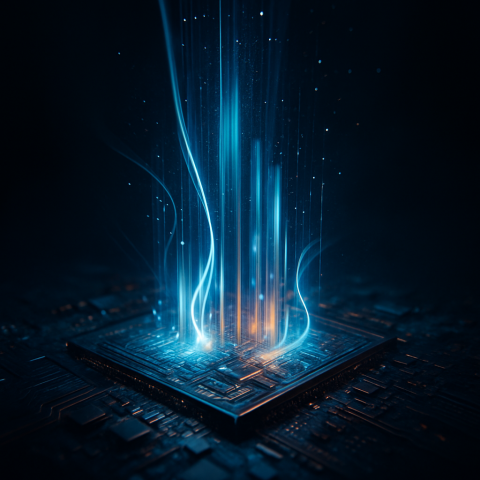
Ask a stranger on the street about Tokyo Electron and you’ll probably get a blank stare. Fair enough — they don’t sell phones, apps or fancy gadgets. In fact, they don’t make anything you’ll ever hold in your hands.
And yet, without them, the device you’re reading this on wouldn’t exist. Neither would the satellites orbiting above you or the AI crunching numbers somewhere in the cloud.
I remember standing once in a semiconductor plant in Kyushu. A long, silent corridor. The air filtered and cold, every surface spotless. Somewhere behind a wall, a Tokyo Electron machine was at work — a steel giant drawing patterns on silicon thinner than a human hair. It’s not dramatic. There’s no light show. Just a quiet hum and the relentless tick of progress.
TEL — that’s what the insiders call them — builds the tools that build our future. They’re the ones who make the equipment that TSMC, Samsung, Intel and the rest rely on. Every transistor, every microscopic pathway etched into a chip owes something to their machines.
They’ll never make headlines. They don’t do keynotes or launch events. They don’t need to. Their influence is written in nanometres — those vanishingly small gaps between transistors that decide how powerful your phone or your laptop will be tomorrow.
“They don’t sell you the product. They sell you the possibility of progress.”
2. BIS: The Bank That Rules All Banks (Finance)
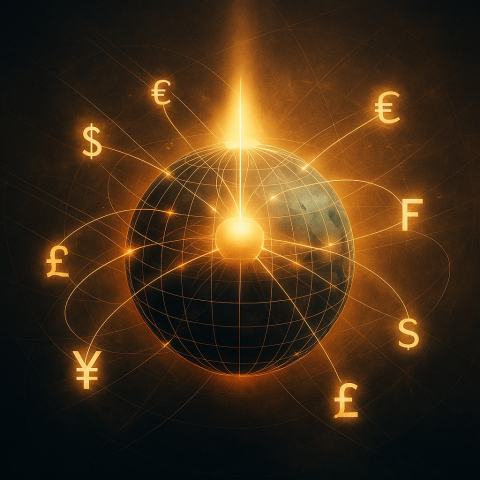
You won’t find its logo on a high street. There are no billboards, no apps, no accounts for ordinary people. And yet, the Bank for International Settlements, tucked away in the quiet Swiss city of Basel, quietly sets the rhythm of the global economy.
The building itself is a circle of glass and steel, rising above the city like a control tower. Inside, representatives from 63 central banks — the guardians of the world’s money — gather behind closed doors. They don’t make headlines. They don’t need to. Their decisions ripple through interest rates, mortgages, inflation, even the price of your morning coffee.
The BIS was founded in 1930 to manage German reparations after the First World War. Nearly a century later, it has become something far more powerful: the place where the rules of global finance are written. It’s where central bankers meet to coordinate policies, share secrets, and decide what stability should look like.
When they whisper in Basel, the markets move.
I once spoke with an economist who joked that BIS is “the closest thing we have to a global Ministry of Money.” He wasn’t far off. If your country raises or lowers rates, there’s a good chance the discussion started here. If a financial crisis is brewing, BIS is often the first to sense the tremors.
They don’t want you to know their names. They prefer the background — quiet, consistent, almost invisible. And yet, every payday, every credit card bill, every decision by your central bank carries their fingerprints.
“They don’t print money. They print the rules that money obeys.”
3. Lonza: The Lab Behind the Labels (Medicine)
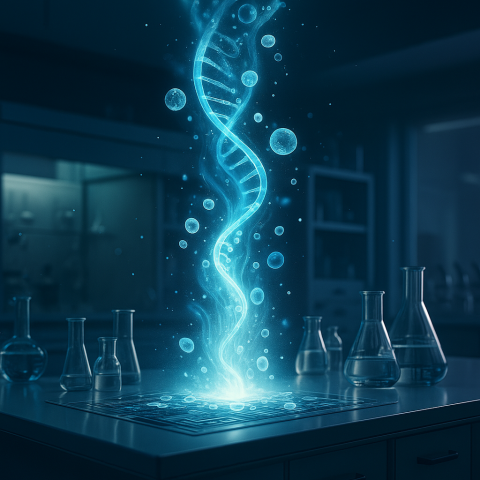
You’ve probably never seen the name Lonza on a medicine bottle. It’s not stamped on vaccine vials or printed on prescription leaflets. And yet, if you’ve ever taken a modern drug — from a simple injection to a life-saving cancer therapy — there’s a good chance Lonza’s fingerprints are all over it.
Based in Basel, Switzerland, Lonza is one of those companies that prefers to stay out of the spotlight. They don’t sell finished medicines. They don’t treat patients directly. What they do is far more fundamental: they make the biological building blocks that pharmaceutical giants depend on. Without Lonza, companies like Moderna, Pfizer, or Johnson & Johnson couldn’t bring many of their breakthroughs to life.
I remember walking through one of their facilities once — a place that felt more like a spaceship than a lab. Rows of enormous stainless-steel bioreactors hummed quietly, feeding living cells with nutrients. In one corner, a technician watched over a process that would eventually become a life-saving vaccine. It was science stripped of glamour — precise, methodical, vital.
Their work often goes unnoticed, but its impact is immense. During the pandemic, Lonza’s partnership with Moderna allowed the mRNA vaccine to be scaled up in record time. Today, their expertise underpins treatments for cancer, autoimmune diseases, and rare genetic disorders.
They don’t chase headlines or celebrity scientists. They focus on the quiet craft of enabling others — the essential work that turns discovery into reality.
“Lonza doesn’t cure disease. It makes curing disease possible.”
4. CERN: The Machine That Redefines Reality (Science)
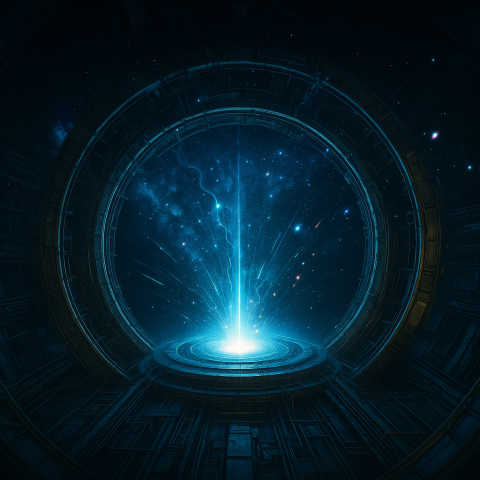
CERN is the kind of place you think you understand — until you stand inside it.
Most people know it, vaguely, as “that big physics lab in Switzerland.” They might remember headlines about the Higgs boson or a few wild conspiracy theories. But what happens beneath the fields near Geneva is far stranger — and far more important — than most people realise.
Deep underground, in a 27-kilometre ring called the Large Hadron Collider, particles are hurled at near light-speed and smashed together with unimaginable force. For a brief instant, the collisions recreate the conditions that existed just after the Big Bang. Scientists peer into that chaos searching for answers to questions most of us never think to ask: What is the universe made of? Why does matter exist at all?
I once spoke with a researcher who said working at CERN felt like “building microscopes to look at God’s handwriting.” And it’s not just about fundamental physics. The experiments generate some of the largest datasets on Earth — terabytes of information that feed breakthroughs in medicine, climate science, artificial intelligence and beyond. The World Wide Web itself was born here, invented as a tool to share research data.
Most of this happens far from the public eye. There’s no ticker symbol, no product launch. Just a quiet hum of magnets and detectors beneath the soil of Switzerland and France. And yet, without this place, our understanding of reality itself would still be stuck in the dark ages.
“CERN doesn’t ask small questions. It builds the machines that make answers possible.”
5. Frontex: The Gatekeepers of a Continent (Politics & Society)
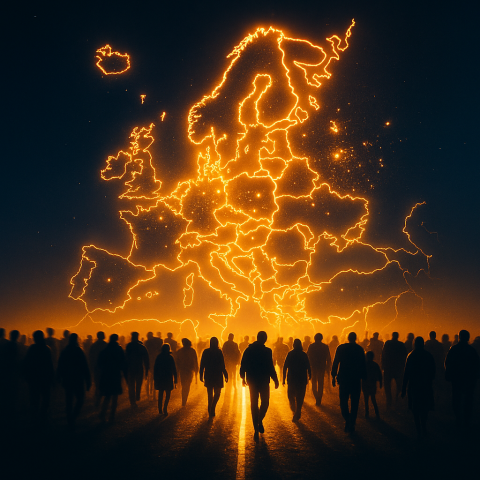
For most Europeans, the word Frontex means nothing. It’s not a household name. It doesn’t appear on ballots or in nightly news intros. And yet, few organisations have a greater influence on who enters Europe — and who never sets foot on its soil.
Based in Warsaw, Frontex is the European Border and Coast Guard Agency, and its job is as complex as it is controversial: managing the flow of people into and out of the European Union. From the frozen forests between Belarus and Poland to the blistering waters of the Mediterranean, Frontex officers patrol the edges of a continent, deciding — often in real time — the fate of those who reach its borders.
I once met a journalist who’d spent weeks aboard a Frontex patrol boat. He described long, tense nights watching distant lights on the horizon, never knowing if they belonged to smugglers, refugees, or desperate families risking everything. “It’s not about walls,” he told me. “It’s about choices — and none of them are simple.”
Frontex does more than patrol. It builds databases, shares intelligence, and coordinates operations with national border forces. In an age of mass migration, climate displacement, and geopolitical instability, its work shapes Europe’s demographics, labour markets, and security policies — all from the shadows.
Critics accuse the agency of secrecy, even of violating human rights. Supporters argue it’s the thin line between order and chaos. The truth, as always, lies somewhere in between.
“Frontex doesn’t make headlines. It makes borders.”